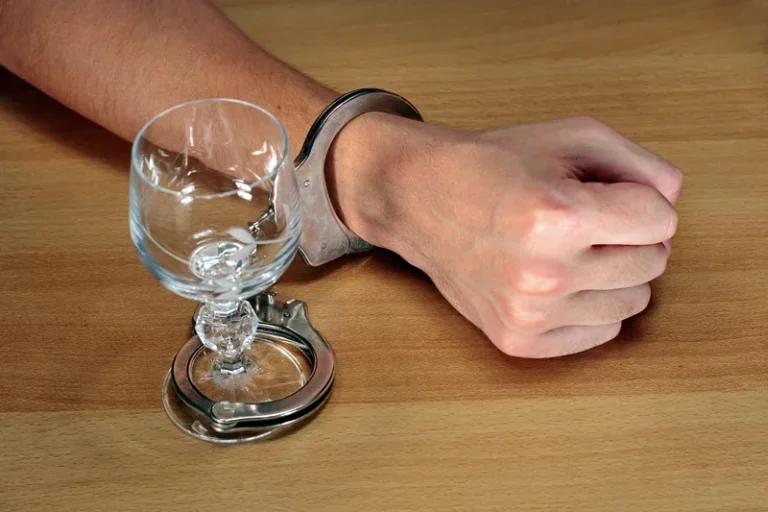
For example, successful navigation of high-risk situations may increase self-efficacy (one’s perceived capacity to cope with an impending situation or task; [26]), in turn decreasing relapse probability. Conversely, a return to the target behavior can undermine self-efficacy, increasing the risk of future lapses. Outcome expectancies (anticipated effects of substance use; [27]) also figure prominently in the RP model. Additionally, abstinence violation effect attitudes or beliefs about the causes and meaning of a lapse may influence whether a full relapse ensues. Viewing a lapse as a personal failure may lead to feelings of guilt and abandonment of the behavior change goal [24]. This reaction, termed the Abstinence Violation Effect (AVE; [16]), is considered more likely when one holds a dichotomous view of relapse and/or neglects to consider situational explanations for lapsing.
Effects of sleep restriction and exercise deprivation on somatic symptoms and mood in healthy adults

Findings of the review showed that there is a paucity of prospective studies investigating abstinence effects in relation to potential behavioral addictions, except for exercise. Across all behaviors, exercise demonstrated the clearest pattern of withdrawal-related symptoms mainly related to mood disturbances. While withdrawal and craving were investigated to a fair extent across the studies, the study of relapse using abstinence protocols is underutilized within behavioral addiction research. Short-term abstinence shows promise as an intervention for some problematic behaviors, especially gaming, pornography use, mobile phone use, and social media use. However, potential counterproductive consequences of abstinence (e.g., rebound effects and compensatory behaviors) were not adequately assessed by the studies, which limits current evaluation of the utility of abstinence as an intervention. Ultimately, individuals who are struggling with behavior change often find that making the initial change is not as difficult as maintaining behavior changes over time.

Empirical findings relevant to the RP model
Most studies of relapse rely on statistical methods that assume continuous linear relationships, but these methods may be inadequate for studying a behavior characterized by discontinuity and abrupt changes [33]. Consistent with the tenets of the reformulated RP model, several studies suggest advantages of nonlinear statistical approaches for studying relapse. The following section reviews selected empirical findings that support or coincide with tenets of the RP model. Because the scope of this literature precludes an exhaustive review, we highlight select findings that are relevant to the main tenets of the RP model, in particular those that coincide with predictions of the reformulated model of relapse. Gillian Steckler is a research assistant for Dr Katie Witkiewitz at Washington State University Vancouver where she also attended and received a bachelor of science degree in psychology. Additionally, individuals may engage in cognitive distortions or negative self-talk, such as believing that the relapse is evidence of personal weakness.

Effects of short-term abstinence from alcohol on subsequent drinking patterns of social drinkers
In one study of treatment-seeking methamphetamine users [132], researchers examined fMRI activation during a decision-making task and obtained information on relapse over one year later. Based on activation patterns in several cortical regions they were able to correctly identify 17 of 18 participants who relapsed and 20 of 22 who did not. Functional imaging is increasingly being incorporated in treatment outcome studies (e.g., [133]) and there are increasing efforts to use imaging approaches to predict relapse [134]. While the overall number of studies examining neural correlates of relapse remains small at present, the coming years will undoubtedly see a significant escalation in the number of studies using fMRI to predict response to psychosocial and pharmacological treatments. In this context, a critical question will concern the predictive and clinical utility of brain-based measures with respect to predicting treatment outcome.
- The abstinence violation effect, described by the famous substance abuse researcher Alan Marlatt, occurs when someone who was made a commitment to abstinence suffers an initial lapse that they define as a violation of their abstinence.
- Findings indicated nonlinear relationships between SE and urges, such that momentary SE decreased linearly as urges increased but dropped abruptly as urges peaked.
- Consistent with the tenets of the reformulated RP model, several studies suggest advantages of nonlinear statistical approaches for studying relapse.
- Alan Marlatt is a professor of Psychology and Director of the Addictive Behaviors Research Center at the University of Washington.
- Although there may be practical reasons for your client to choose abstinence as a goal (e.g., being on probation), it is inaccurate to characterize abstinence-based recovery as the only path to wellness.
Learn From Relapse
- One study found that among those who did not complete an abstinence-based (12-Step) SUD treatment program, ongoing/relapse to substance use was the most frequently-endorsed reason for leaving treatment early (Laudet, Stanick, & Sands, 2009).
- The following sections provide an overview of major theoretical, empirical and applied advances related to RP over the last decade.
- On the other hand, if individuals perceive the Abstinence Violation Effect as a sign of personal failure or lack of self-control, it may diminish their self-efficacy and motivation to continue pursuing behavior change.
- We are dedicated to transforming the despair of addiction into a purposeful life of confidence, self-respect and happiness.
- While maintaining its footing in cognitive-behavioral theory, the revised model also draws from nonlinear dynamical systems theory (NDST) and catastrophe theory, both approaches for understanding the operation of complex systems [10,33].
Such findings have contributed to renewed interest in negative reinforcement models of drug use [63]. Two publications, Cognitive Behavioral Coping Skills Training for Alcohol Dependence (Kadden et al., 1994; Monti, Kadden, Rohsenow, Cooney, & Abrams, 2002) and Cognitive Behavioral Therapy for Cocaine Addiction (Carroll, 1998), are based on the RP model and techniques. Although specific CBT interventions may focus more or less on particular techniques or skills, the primary goal of CBT for addictions is to assist clients in mastering skills that will allow them to become and remain abstinent from alcohol and/or drugs (Kadden et al., 1994).
Continued empirical evaluation of the RP model
Our addiction treatment network offers comprehensive care for alcohol addiction, opioid addiction, and all other forms of drug addiction. Our treatment options include detox, inpatient treatment, outpatient treatment, medication-assisted treatment options, and more. With the right help, preparation, and support, you and your loved ones can still continue to build a long-lasting recovery from substance abuse. Triggers include cravings, problematic thought patterns, and external cues or situations, all of which can contribute to increased self-efficacy (a sense of personal confidence, identity, and control) when properly managed.

One of the key distinctions between CBT and RP in the field is that the term “CBT” is more often used to describe stand-alone primary treatments that are based on the cognitive-behavioral model, whereas RP is more often used to describe aftercare treatment. Given that CBT is often used as a stand-alone treatment it may include additional components that are not always provided in RP. For example, the CBT intervention developed in Project MATCH [18] (described below) equated to RP with respect to the core sessions, but it also included elective sessions that are not typically a focus in RP (e.g., job-seeking skills, family involvement). Findings from numerous non-treatment studies are also relevant to the possibility of genetic influences on relapse processes.